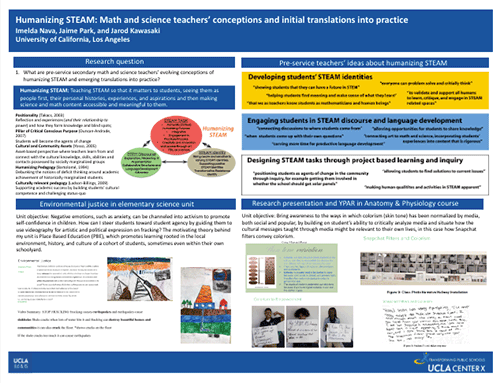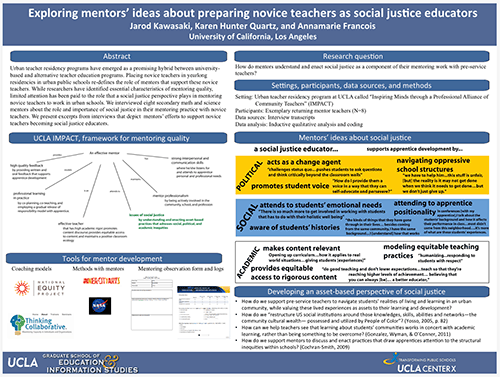XPress Papers
This section includes the refereed publications, conference presentations, evaluation reports and dissertations from the 10 years of IMPACT. The artifacts highlight the intersections of research and practice in the work of IMPACT faculty, researchers, and staff.


